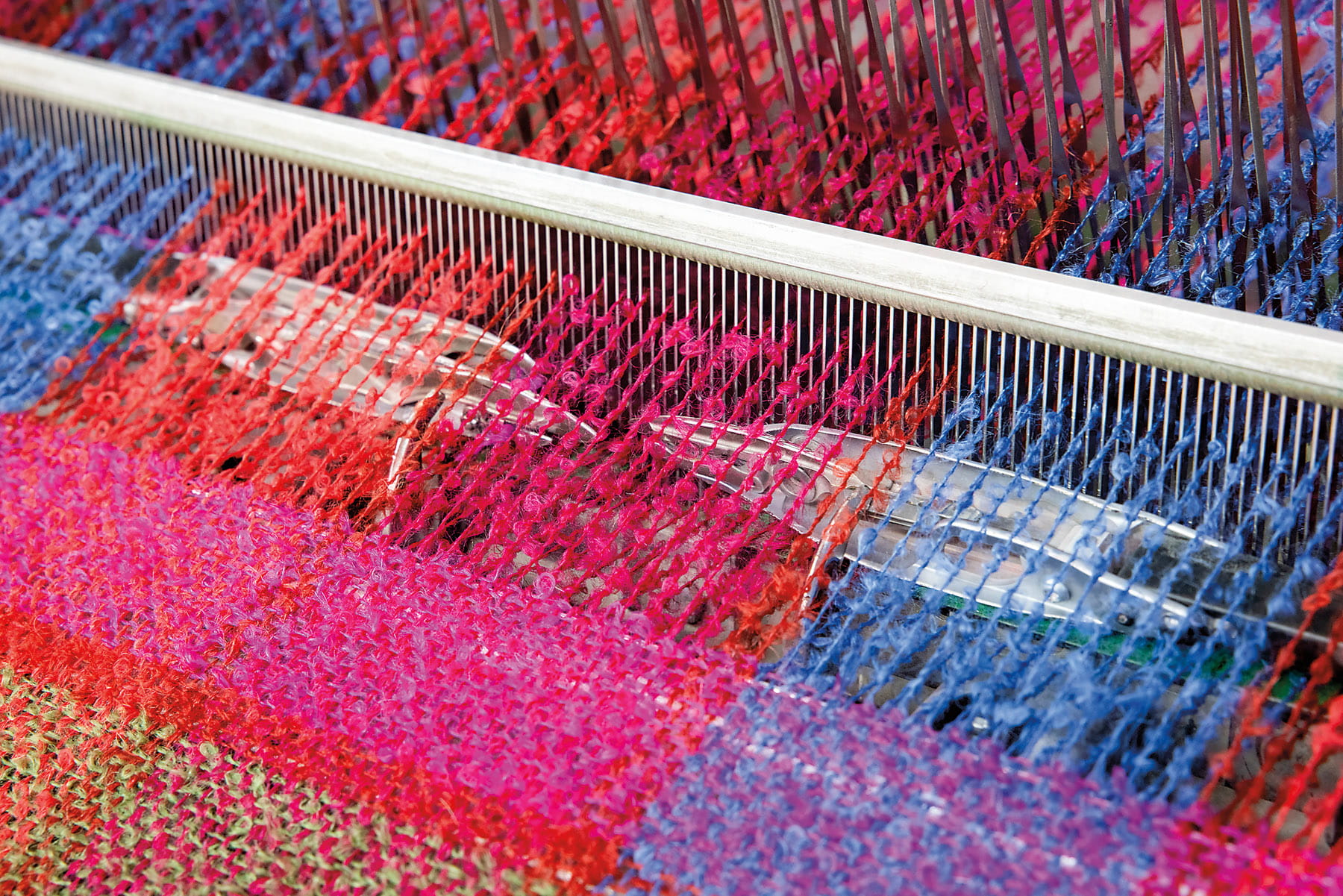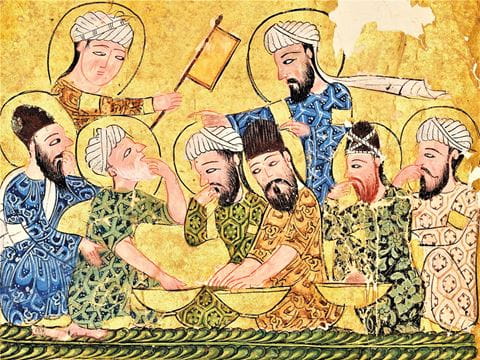
How South Africa Came to Popularize Luxury Mohair Fabric Around Globe
Gizella Arendse sits with a quilting needle in hand threading mohair—a fiber produced from the hair of the Angora goat. She is one of 11 women artisans working for the family-run van Hasselt farm at the foot of the Swartberg Mountains in South Africa.
Mohair, as a fiber, is known for its sheen, durability and resilience. Once it’s woven into yarn, either by hand or high-end machine, it is in high demand, primarily from the luxury clothing market. But its durability and ability to hold color also makes it popular for things such as shawls and blankets.
Most of its making starts on goat farms like this one.
“We see the whole cycle from the studio,” says Arendse. “…The newborn kids who are so cute, the teenagers they become, the first time they get sheared, and then, here us ladies sit, working with the very fibers from those animals, making beautiful things…”
01
01
02
03
04
05
06
07
08
09
10
You may also be interested in...

Smorgasbords of Andalusi and Mahgribi Dishes, a Conversation With Food Historian and Author Nawal Nasrallah
In Smorgasbords of Andalusi and Mahgribi Dishes, Arab food historian Nawal Nasrallah breathes new life into an anonymously compiled 13th-century cookbook.
A Reimagined Islamic Garden
The second Islamic Arts Biennale (Jan 24-May 25, 2025) in Jeddah explores multicultural expressions of faith, healing, regeneration and an appreciation of beauty.
Arab Influence on Art in France
While France is rediscovering its relationship with Arab artists of the 20th century, the latest generation of French Arab contributors to the country’s world-class art scene is exploring their own sense of identity.